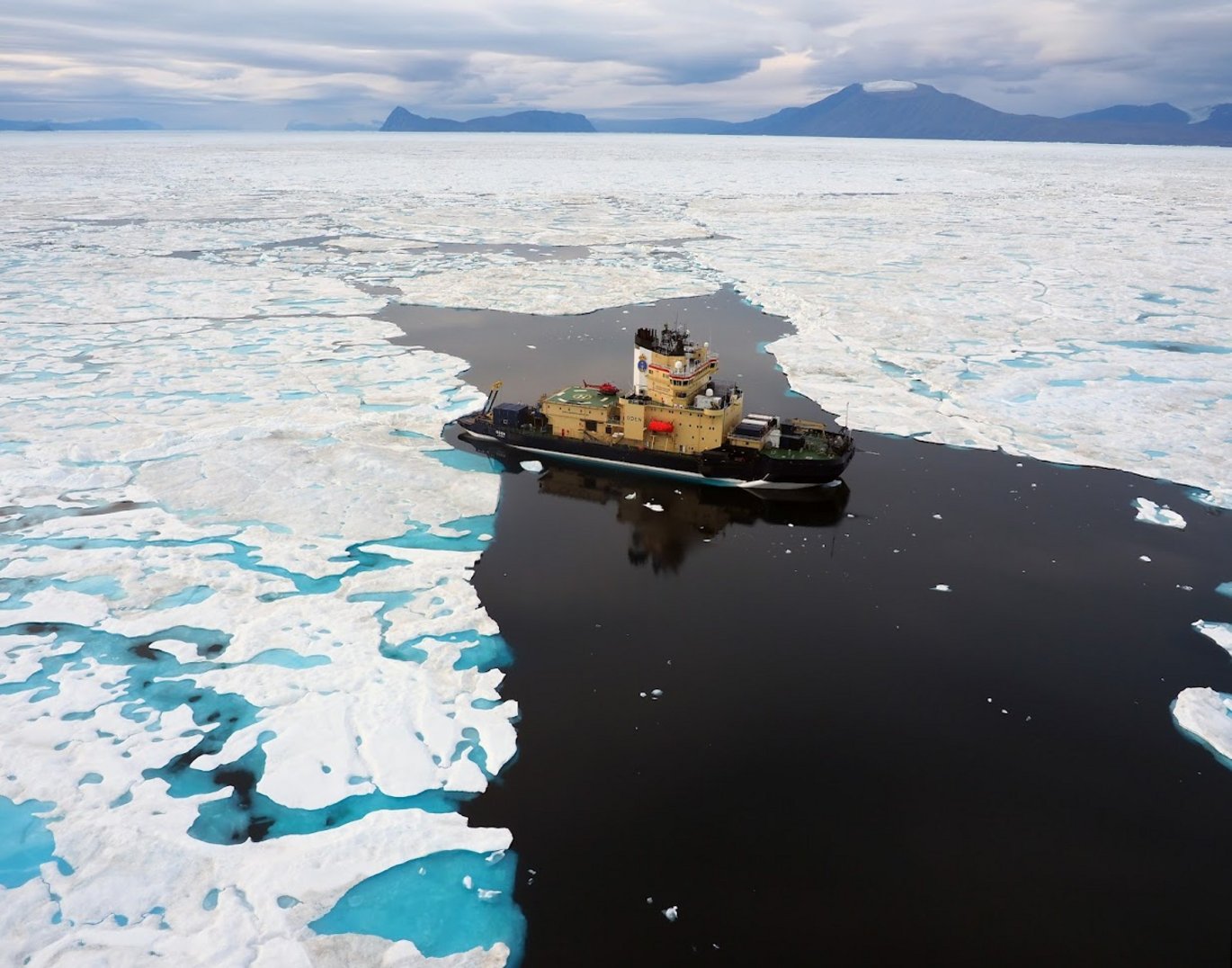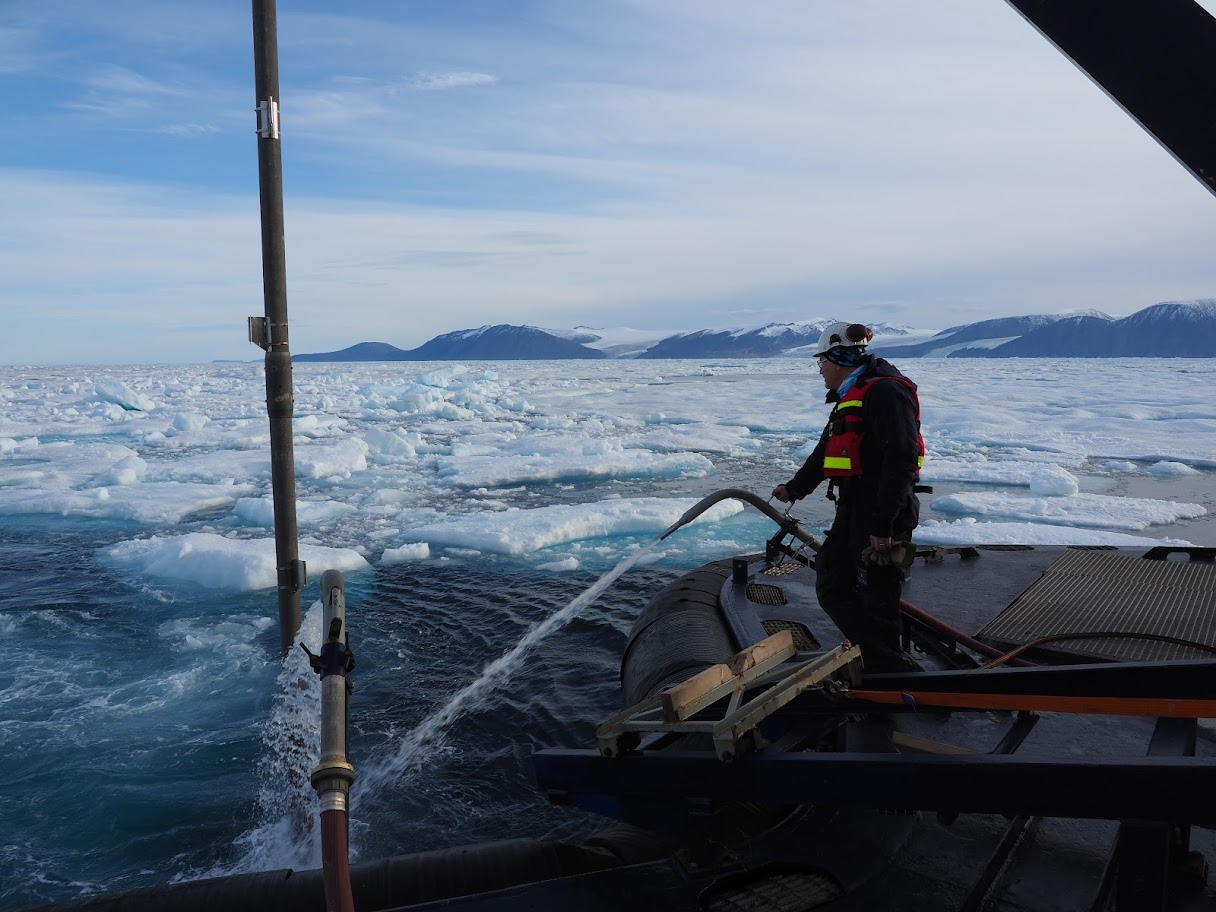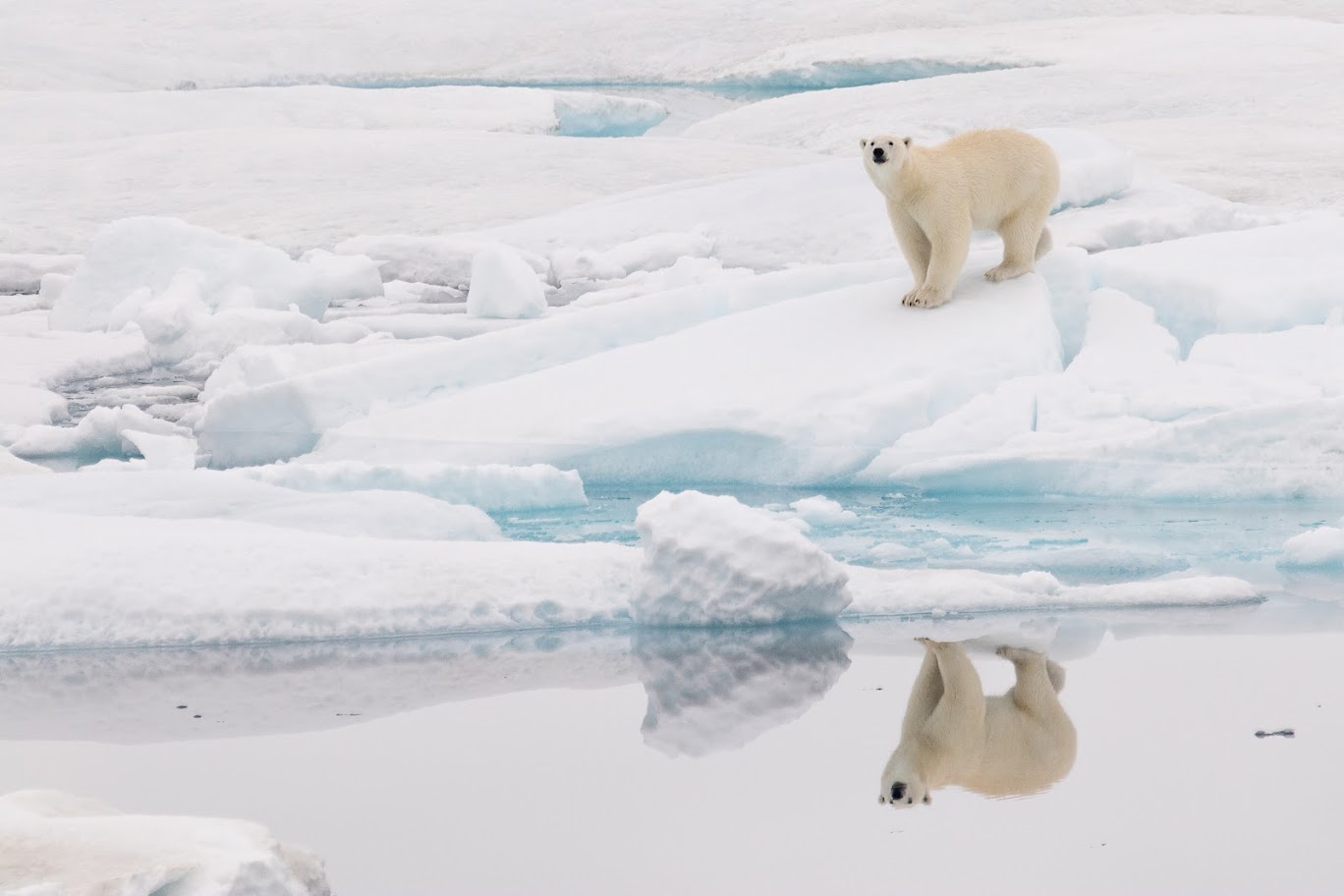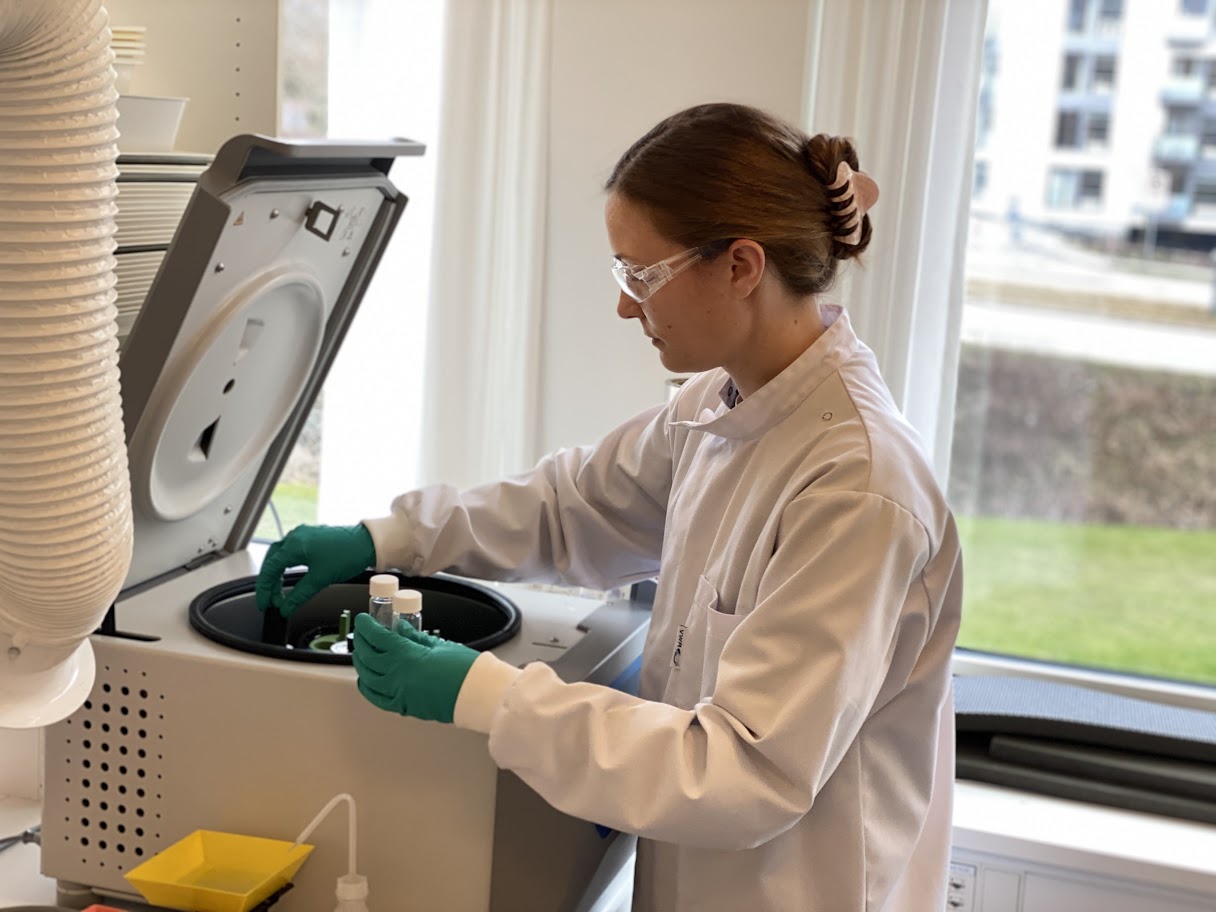Sea ice will soon disappear from the Arctic during the summer months – and it has happened before
In a new study, researchers warn that the Arctic Sea ice may soon be a thing of the past in the summer months. Ten thousand years ago, the ice melted at temperatures similar to those we have today. This may have consequences for both the climate and ecosystems.





The "Last Ice Area" north of Greenland and Canada is the last sanctuary of all-year sea ice in this time of rising temperatures caused by climate change. A new study now suggests that this may soon be over.
Researchers from Aarhus University, in collaboration with Stockholm University and the United States Geological Survey, analyzed samples from the previously inaccessible region north of Greenland.
The sediment samples were collected from the seabed in the Lincoln Sea, part of the “Last Ice Area”. They showed that the sea ice in this region melted away during summer months around 10,000 years ago. The research team concluded that summer sea ice melted at a time when temperatures were at a level that we are rapidly approaching again today.
"Climate models have suggested that summer sea ice in this region will melt in the coming decades, but it’s uncertain if it will happen in 20, 30, 40 years, or more. This project has demonstrated that we’re very close to this scenario, and that temperatures only have to increase a little before the ice will melt," says Christof Pearce, Assistant Professor at the Department of Geoscience, Aarhus University.
The researchers have used data from the Early Holocene period to predict when the sea ice will melt today. During this time period, summer temperatures in the Arctic were higher than today. Although this was caused by natural climate variability opposed to the human-induced warming, it still is a natural laboratory for studying the fate of this region in the immediate future.
In Aarhus the marine samples have been analysed in collaboration with Associate Professor Marianne Glasius and academic technical staff Mads Mørk Jensen from the Department of Chemistry. Among other things, they studied molecules from certain algae that are only produced when there is sea ice. The researchers can thereby determine when summer sea ice was present in the area.
A wake-up call
When the sea ice in the Lincoln Sea begins to melt during the summer months, it can have major consequences for the climate. Where white ice reflects the rays of the sun, a dark sea will absorb more than ten times as much solar energy and thereby increase global warming. Moreover, it can affect ecosystems:
"The sea ice is a base for many ecosystems. The algae we examined are food for fish, fish are food for birds, etc. How will the marine ecosystems be affected globally if the sea ice disappears? We don't know the answer yet," says Henrieka Detlef, an assistant professor at the Department of Geoscience.
According to the researchers from Aarhus University, the study can be interpreted as good and bad news for the climate.
"The bad news is that we can see this happening very soon. The good news is that our data shows the trend is reversible and we can do something about it if we reduce greenhouse gas emissions and set ambitious political goals. If we can keep temperatures stable or perhaps even make them fall, the sea ice would return to the area," says Henrieka Detlef.
This is echoed by Christof Pearce:
"The study is a wake-up call, because we know that it will happen. This news is not making the situation more depressing, just more urgent. We have to act now so we can change it."
Additional information | |
| We strive to ensure that all our articles live up to the Danish universities' principles for good research communication (scroll down to find the English version on the web-site). Because of this the article will be supplemented with the following information: | |
| Funding | Aarhus Universitets Forskningsfond, Vetenskapsrådet, Horizon 2020 Framework Programme |
| Read more | Read the scientific article "Seasonal sea-ice in the Arctic’s last ice area during the Early Holocene" |
Contact
| Assistant Professor Henrieka Detlef, Department of Geoscience, Aarhus University Mobile +45 9352 1749 Email henrieka.detlef@geo.au.dk Assistant Professor Christof Pearce, Department of Geoscience, Aarhus University Mobile +45 9350 8915 Email christof.pearce@geo.au.dk |
